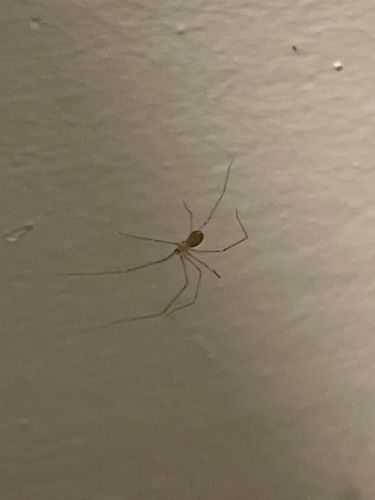Cellar Spider
Scientific Name: Pholcus phalangioides
Order & Family: Order: Araneae, Family: Pholcidae
Size: Body length typically 2-10 mm; leg span can be up to 50-70 mm, making them appear much larger due to their long, thin legs.

Natural Habitat
Cellar spiders are commonly found in dark, damp, and undisturbed areas. This includes cellars, basements, crawl spaces, garages, sheds, and sometimes corners of rooms inside homes. They are often found in every continent except Antarctica, adapting well to human-made structures.
Diet & Feeding
Insects and other spiders. They are opportunistic predators, catching whatever gets caught in their webs, including flies, mosquitoes, and even other spiders.
Behavior Patterns
Cellar spiders are typically reclusive, usually found hanging upside down in their irregular, tangled webs in dark, undisturbed areas. When disturbed, they often vibrate their web rapidly to deter predators or make themselves harder to see, an act often called 'whirling'. They are known to catch and eat other spiders, including more venomous ones like the black widow, proving their effectiveness as pest controllers.
Risks & Benefits
Risks: Generally considered harmless to humans. Their fangs are too small and their venom too weak to cause significant harm to humans. Bites are extremely rare and typically result in no more than a mild, temporary irritation. Potential benefits: They are natural predators of other common household pests, including other spiders, mosquitoes, and flies, helping to control insect populations indoors. This makes them beneficial inhabitants of homes.
Identified on: 8/31/2025